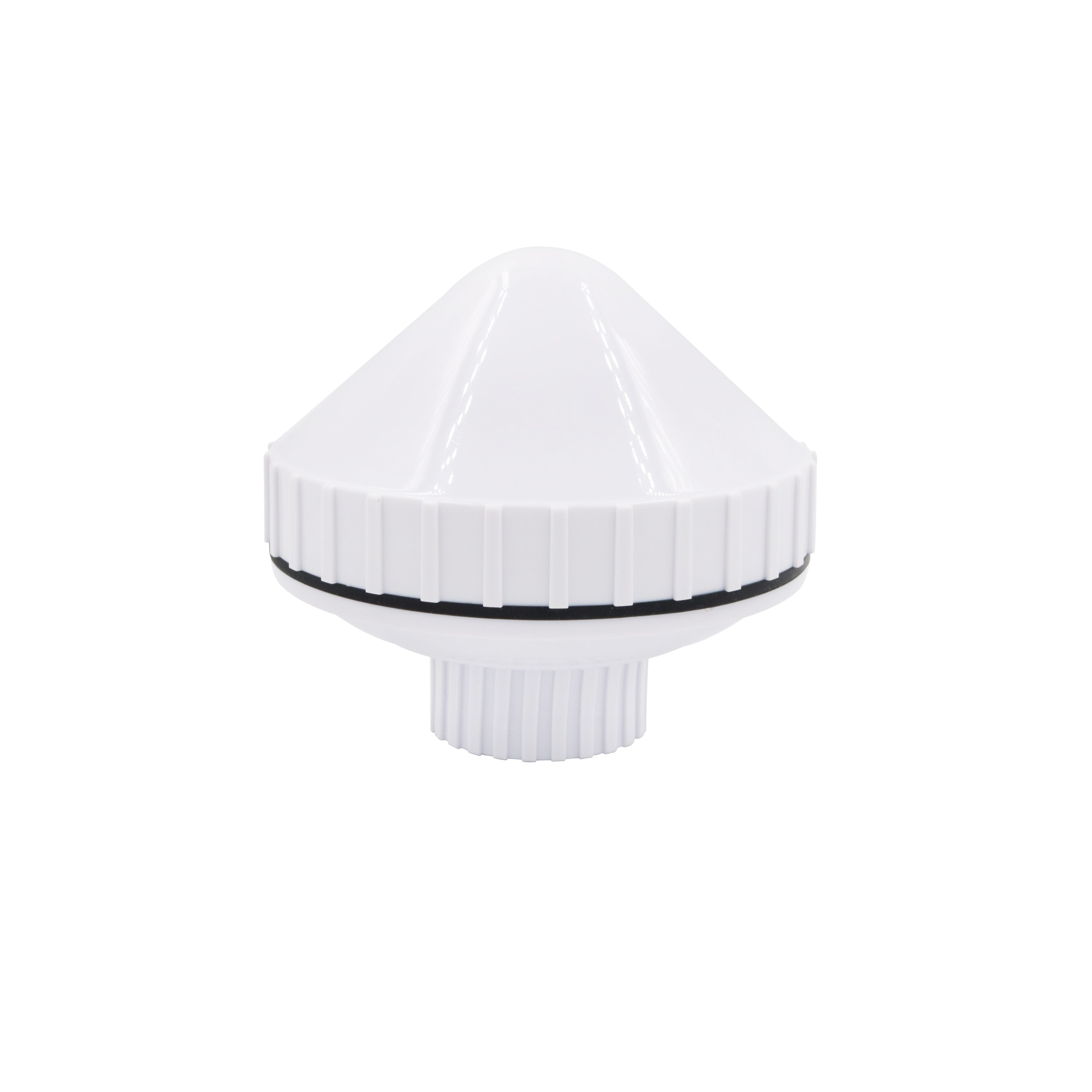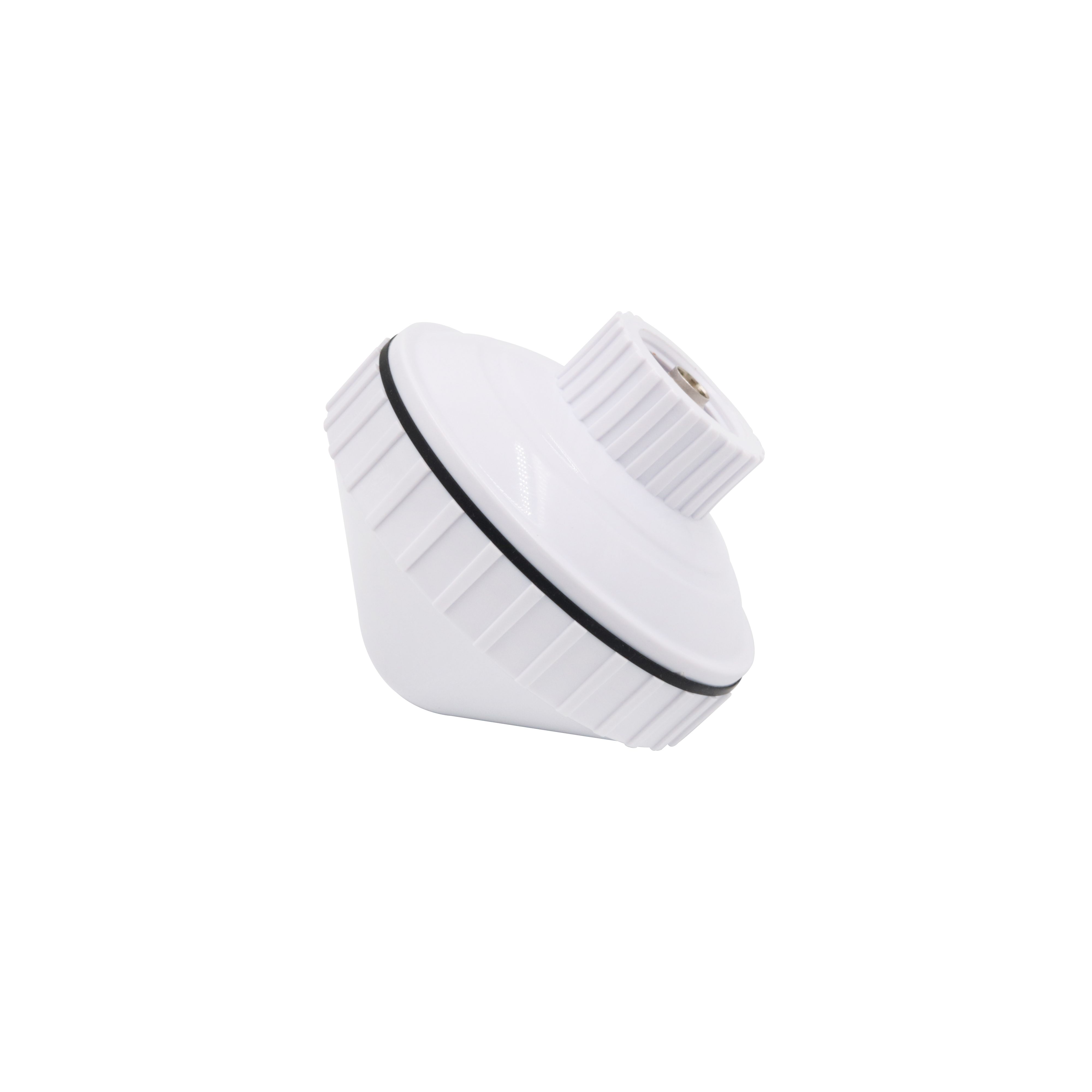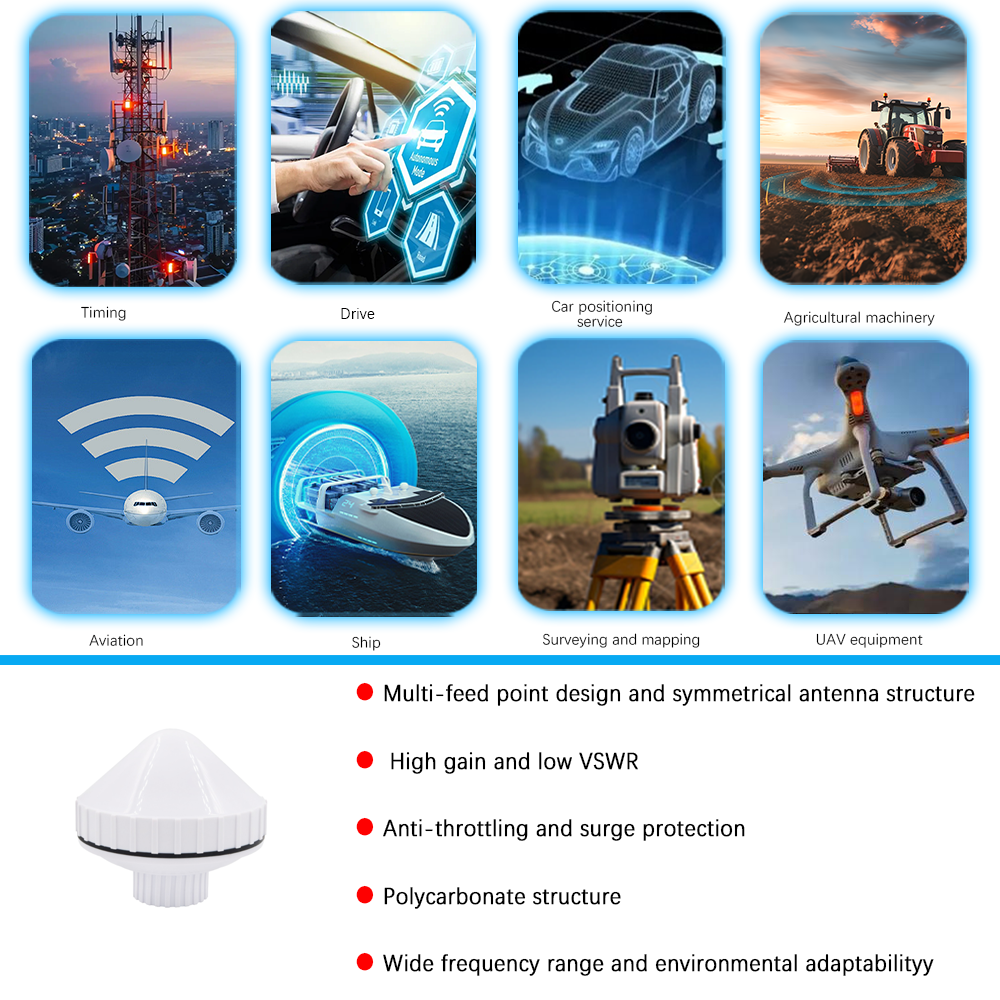5.1 Applications
5.1.1 Recreational Boating
In the recreational boating sector, Garmin - compatible marine GNSS antennas are extremely popular. Boaters use these antennas in combination with Garmin's chartplotters to navigate unfamiliar waters. The accurate position information provided by the antenna allows them to plan their routes, find hidden coves, and safely return to the dock. For example, a weekend sailor may rely on a Garmin - compatible antenna and chartplotter to explore a new coastline. The seamless integration of the antenna with the Garmin device makes it easy to use, even for those with limited technical knowledge. Additionally, some recreational boats are equipped with Garmin fish finders that also use the GNSS antenna for location - based fishing features, such as marking productive fishing spots.
5.1.2 Commercial Fishing
Commercial fishermen heavily rely on Garmin - compatible GNSS antennas for their operations. These antennas help them locate fishing grounds accurately. Fishermen can use the position data to return to areas where they have had successful catches in the past. In addition, the antennas are used for navigation to ensure the safety of the vessel while at sea. Some modern fishing vessels also use Garmin - based tracking systems, with the antennas as the signal - receiving component, to monitor the movement of the vessel for management and reporting purposes. This helps in sustainable fishing practices and compliance with fishing regulations. For instance, a large - scale fishing trawler may use a Garmin - compatible antenna to precisely navigate to a specific fishing area while also transmitting its location to the fishing company's management for fleet monitoring.
5.1.3 Small - Scale Shipping
Small - scale shipping companies also benefit from Garmin - compatible marine GNSS antennas. These antennas enable accurate navigation, which is crucial for meeting delivery schedules, avoiding collisions, and complying with maritime regulations. The seamless integration with Garmin's navigation devices allows for easy monitoring of the vessel's position and speed. For example, a small cargo ship transporting goods between islands may use a Garmin - based navigation system with a compatible antenna to ensure it stays on course and reaches its destination on time. The reliability of the antenna in the marine environment is essential for the smooth operation of these small - scale shipping businesses.
5.2 Future Trends
5.2.1 Integration of New Satellite Constellations
As new satellite constellations are developed and deployed, Garmin - compatible marine GNSS antennas will need to be able to integrate and receive signals from these additional systems. This will further improve the accuracy and reliability of navigation. For example, there are plans for new regional and global satellite navigation systems in the future, and Garmin is likely to design its antennas to be compatible with these emerging constellations. This integration will provide more redundancy, ensuring that even if one constellation experiences issues, the antenna can still receive signals from others to maintain navigation functionality. This will be particularly beneficial for marine applications, where continuous and accurate navigation is essential.
5.2.2 Improved Signal Processing and Anti - Interference Technologies
To address the challenges of signal interference and multipath effects, future Garmin - compatible marine GNSS antennas will likely incorporate more advanced signal processing algorithms and anti - interference technologies. Machine learning and artificial intelligence techniques may be used to adaptively filter out interference and reduce multipath errors. New materials and antenna designs may also be developed to enhance the antenna's ability to reject unwanted signals and improve signal - to - noise ratio. This will result in more accurate and reliable navigation, even in the most challenging marine environments. Garmin, with its focus on innovation, is expected to play a leading role in the development and implementation of these advanced technologies in its compatible antennas.
5.2.3 Miniaturization and Increased Integration
There is a trend towards miniaturization of Garmin - compatible marine GNSS antennas without sacrificing performance. Smaller antennas are more convenient to install on a variety of vessels, especially smaller boats and unmanned marine vehicles. In addition, there will be increased integration of the antenna with other components, such as receivers and communication modules, into a single, compact unit. This will reduce the complexity of installation and maintenance and also improve the overall efficiency of the navigation system. Garmin may develop antennas that are integrated directly into the housing of their chartplotters or other devices, providing a more streamlined and user - friendly solution for boaters.
5.2.4 Higher Precision and Integrity
The demand for higher precision and integrity in marine navigation will continue to drive the development of Garmin - compatible marine GNSS antennas. Applications such as autonomous ships and precision docking require extremely accurate positioning. Future antennas will be designed to meet these high - precision requirements, with improved phase center stability and reduced errors in position calculation. In addition, there will be more focus on ensuring the integrity of the navigation data, with better detection and mitigation of any potential threats to the accuracy of the signals. Garmin is likely to invest in research and development to develop antennas that can provide the level of precision and integrity required for these emerging and critical 5.2.4 Higher Precision and Integrity
The demand for higher precision and integrity in marine navigation will continue to drive the development of Garmin - compatible marine GNSS antennas. Applications such as autonomous ships and precision docking require extremely accurate positioning. Future antennas will be designed to meet these high - precision requirements, with improved phase center stability and reduced errors in position calculation. In addition, there will be more focus on ensuring the integrity of the navigation data, with better detection and mitigation of any potential threats to the accuracy of the signals. Garmin is likely to invest in research and development to develop antennas that can provide the level of precision and integrity required for these emerging and critical applications. For example, in autonomous shipping, where vessels operate without human intervention, even minor errors in position data could lead to serious accidents. Garmin - compatible antennas with enhanced precision and integrity features will be able to provide real - time alerts if the navigation data is compromised, allowing the autonomous system to take corrective actions immediately. This level of reliability will be essential for the widespread adoption of autonomous marine technologies.
Another aspect of higher integrity is the ability of the antenna and associated Garmin devices to maintain accurate navigation even in the presence of intentional jamming or spoofing. As maritime security concerns grow, there is an increasing risk of malicious actors interfering with GNSS signals to disrupt navigation. Future Garmin - compatible antennas may incorporate anti - jamming and anti - spoofing technologies, such as adaptive beamforming and signal authentication, to protect against these threats. Adaptive beamforming allows the antenna to focus its reception on legitimate satellite signals while rejecting signals from jamming sources. Signal authentication, on the other hand, ensures that the signals received are from genuine satellites and not from spoofing devices. These technologies will significantly enhance the security and reliability of Garmin - based navigation systems, making them more resilient in hostile environments.
Conclusion
Garmin - compatible marine GNSS antennas have established themselves as essential components in the modern marine navigation ecosystem. Their unique combination of seamless integration with Garmin's industry - leading marine electronics, high - precision performance, and robust design tailored for the harsh marine environment has made them a preferred choice for boaters across various sectors, from recreational boating to commercial fishing and small - scale shipping.
Throughout this analysis, we have explored the key aspects that define these antennas. In the overview, we highlighted the critical role they play in ensuring navigation accuracy and safety, as well as the growing market demand driven by Garmin's reputation for quality and the increasing complexity of maritime operations. The design and construction section delved into the materials and techniques used to protect the antennas from saltwater corrosion, water ingress, and mechanical stress, including the use of polycarbonate and stainless steel housings, advanced waterproofing with high IP ratings, and versatile mounting options.
The working principles of Garmin - compatible marine GNSS antennas, from satellite signal reception across multiple constellations to signal processing with low - noise amplifiers and filters, and finally position determination through triangulation and pseudorange measurement, demonstrate the technical sophistication that enables their high accuracy. We also examined the advantages they offer, such as enhanced navigation precision, seamless integration with Garmin devices, and exceptional durability, as well as the challenges they face, including signal interference, multipath effects, and cost - effectiveness.
In the applications section, we saw how these antennas empower different marine activities: recreational boaters rely on them to explore new waters safely, commercial fishermen use them to locate fishing grounds and comply with regulations, and small - scale shipping companies depend on them to meet delivery schedules and avoid collisions. The future trends discussed, including integration with new satellite constellations, improved anti - interference technologies, miniaturization, and higher precision and integrity, point to a continued evolution of these antennas to meet the changing needs of the maritime industry.
Looking ahead, the importance of Garmin - compatible marine GNSS antennas will only grow as the marine sector embraces new technologies such as autonomous shipping, precision docking, and enhanced maritime security measures. Garmin's ongoing commitment to innovation, combined with the technical advancements in antenna design and signal processing, will likely lead to even more capable and reliable antennas in the future. These antennas will not only provide higher levels of accuracy and integrity but also become more compact, integrated, and resilient to interference and malicious threats.
For boaters, investing in a high - quality Garmin - compatible marine GNSS antenna is an investment in safety, efficiency, and peace of mind. Whether navigating through narrow channels, fishing in remote waters, or transporting goods between ports, these antennas ensure that Garmin's navigation devices deliver the accurate and reliable data needed to make informed decisions. As the maritime industry continues to evolve, Garmin - compatible marine GNSS antennas will remain at the forefront, enabling safer, more efficient, and more sustainable marine operations for years to come.
In conclusion, Garmin - compatible marine GNSS antennas are more than just accessories for Garmin devices; they are critical enablers of modern marine navigation. Their ability to perform consistently in the harshest marine conditions, work seamlessly with Garmin's ecosystem, and adapt to emerging technologies positions them as a key component in the future of maritime transportation and recreation. As technology advances and user needs evolve, these antennas will continue to play a vital role in shaping the safety and efficiency of marine operations worldwide.




































































 Language
Language
 En
En Cn
Cn Korean
Korean

 Home >
Home > 








 18665803017 (Macro)
18665803017 (Macro)













